DEVELOPMENT applications in western Sydney continue to skyrocket as the Hills Shire, Blacktown and Cumberland council areas bare the brunt of rapid transformation.
A whopping 18,958 development applications were approved in the last financial year which equates to more than $10.5 billion worth of construction proposed for Sydney’s west.
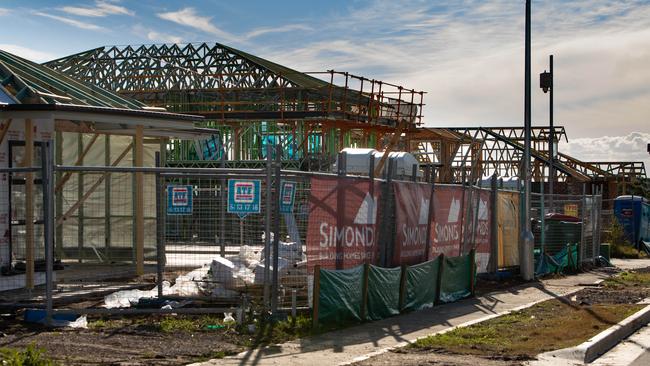
THE HILLS SHIRE local government area continues to lead the pack when it comes to development growth.
A total of 5993 applications worth $2.6 billion were approved in the 2017-18 financial year according to the Australian Bureau of Statistics.
This is up from 3663 approvals the previous year.
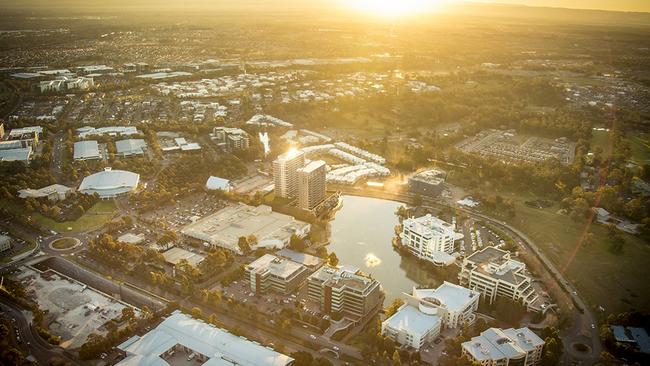
Kellyville is the fastest growing community in The Hills, with more than 11,700 homes expected to be added to the suburb by 2036, with Hills deputy mayor Robyn Preston declaring the council’s next aim was to increase employment.
READ MORE:
Hills Shire Council successful in medium density housing deferral bid
Hundreds of apartments planned for $450 million Schofields Masterplan
$65 million plan for units in Cudgegong precinct
Plans for 180,000 homes across Western Sydney
“If we are bringing more people into the community, it is our job to attract more business to support job growth in The Hills,” he said.
“We want The Hills to be an area that is walkable, we want to provide everything we need to create thriving communities and the main focus of this is employment opportunities.”
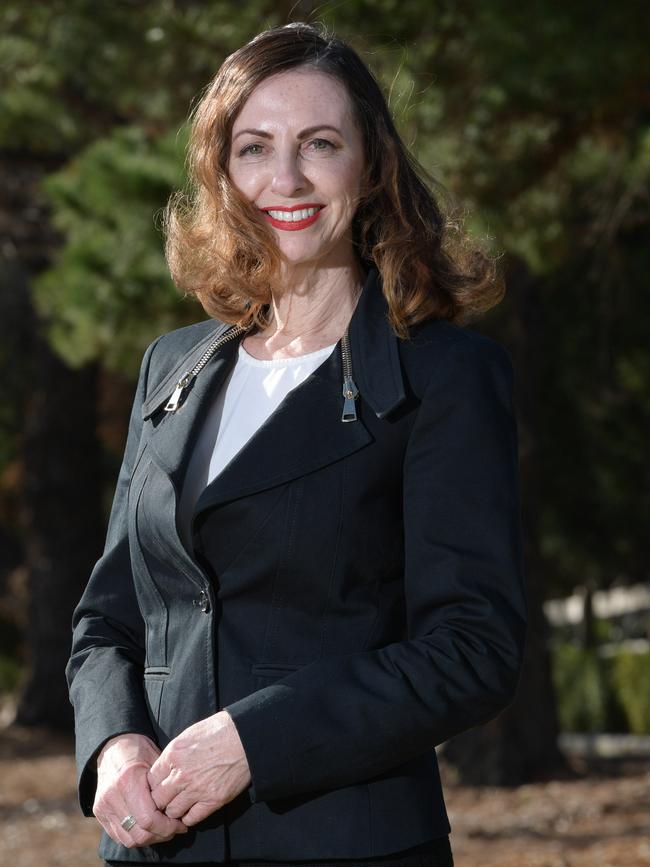

BLACKTOWN Council area came in second on the approval list, with 4468 applications worth $1.6 billion approved during the past 12 months.
Blacktown deputy mayor Tony Bleasdale said 10,000 people were moving into the area each year and 65,000 homes were expected to be built by 2036.
“All of this development is good, provided that the State Government will actually provide infrastructure to match,” Cr Bleasdale said. “One of the biggest challenges we have is welcoming good development that provides a place for people to live.”
Cr Bleasdale said development has been made a priority, particularly in the Marsden Park, Schofields and the Riverstone areas.
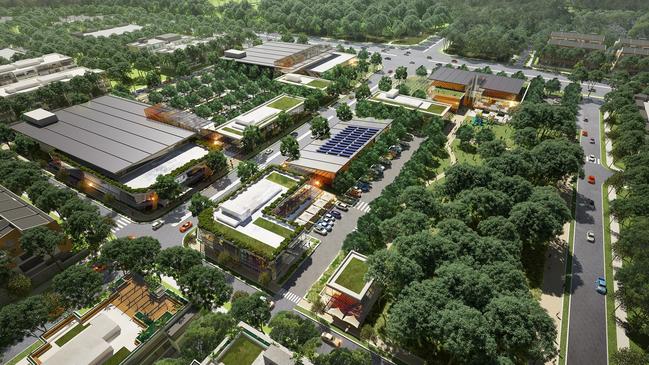
“We are lacking in the infrastructure we need to make these suburbs liveable, Marsden Park will see more than 14,000 new residential development applications by 2036, so we need to provide the resources people expect,” he said.
CUMBERLAND and Parramatta may already be developed, but that hasn’t stopped thousands of applications from being approved.
A total of 2928 applications were approved in the Cumberland Council LGA, while 1081 were approved in the Parramatta Council LGA, according to the Australian Bureau of Statistics.
Parramatta Council LGA has seen the approval of more than $2.8 billion worth of development over the past year.
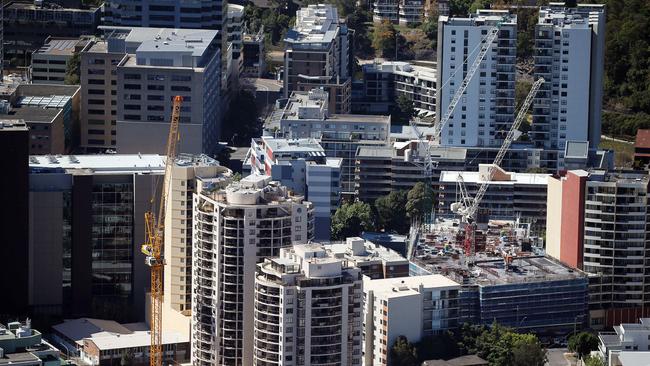
A council spokeswoman said the planning department received a wide variety of applications.
“Council works hard to ensure the best planning outcomes are achieved for the community for each Development Application that is determined,” she said.
A Cumberland Council spokesman revealed the region had a 26 per cent increase in homes approved in the last financial year, making local government area the third highest increase in Sydney.
“These figures show how Cumberland Council is meeting the housing needs of our community, with most of this housing located around rail stations and centres, which provides easy access to jobs and services,” the spokesman said.
“We have also significantly improved our approval times, meaning more “mums and dads” can go ahead and build or extend their homes, or build a second house on their property.”

Last week, Cumberland Council approved work to support the development of a new local environmental plan to identify areas of potential grown over the next two years.
“The work program for this project, which will include extensive community consultation on the future planning of Cumberland, (will) ensure we meet the community’s needs and aspirations,” he said.
“Council expects that, in addition to housing and jobs, improvements to roads, parks and public spaces will be community priorities.”
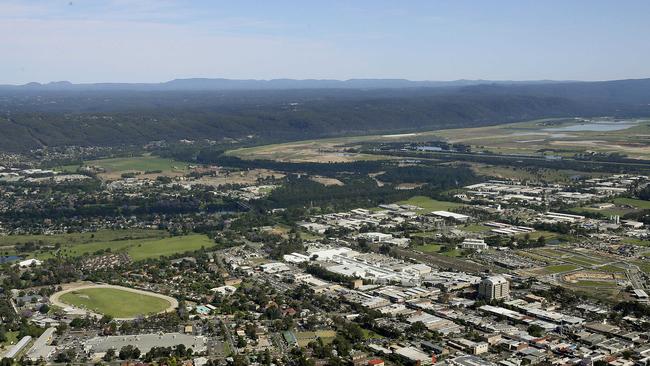
PENRITH local government area also saw a large number of development applications approved over the past 12 months, with the ABS revealing a total of 2258 proposals were given the green light.
The mass approval across greater Penrith comes in at a total value of $799 million, with suburbs such as the Penrith CBD, Penrith Lakes, Kingswood and St Marys expected to see dramatic increases in the number of dwellings over the next decade.

RYDE local government area also saw an abundance of applications approved in the past twelve months, with 1978 proposals supported.
ABS data revealed the LGA would see more than 20,000 new homes developed by 2036, with the majority earmarked for Macquarie Park.
A total of $918 million worth of development was approved in the past year, with the figure being the third highest amount for the region since 2000.
Ryde mayor Jarome Laxale said development approval was “out of the community’s hands”.
“I am not surprised by the level of devleopment that has been approved,” Cr Laxalesaid.
“From 2014 to 2018 around 63 percent of all dwellings in Ryde were approved by the State Government with no direct link to our community.
“More than 10,000 dwellings were approved by the state government since 2011.”
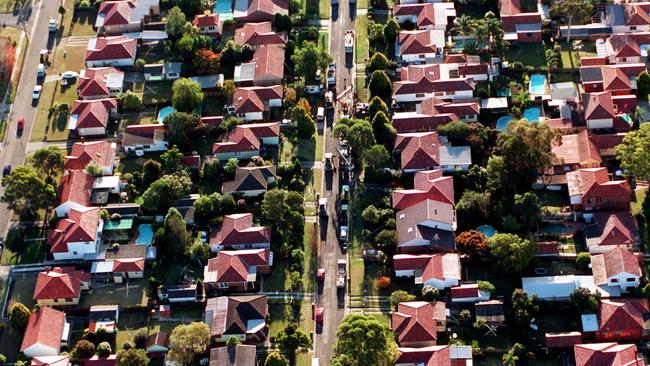
KU-RING-GAI and Hornsby council areas have seen a total of 2006 development applications approved during the 2017/18 financial year.
Ku-ring-gai Council’s development application approvals were valued at $745 million, while Hornsby Council’s approvals were valued at $645 million.
Development application data also revealed the majority of proposals were for non-residential developments in both local government areas.
A Ku-ring-gai Council spokeswoman revealed 61 applications were refused in the past 12 months, while a further 35 were withdrawn by the applicant.
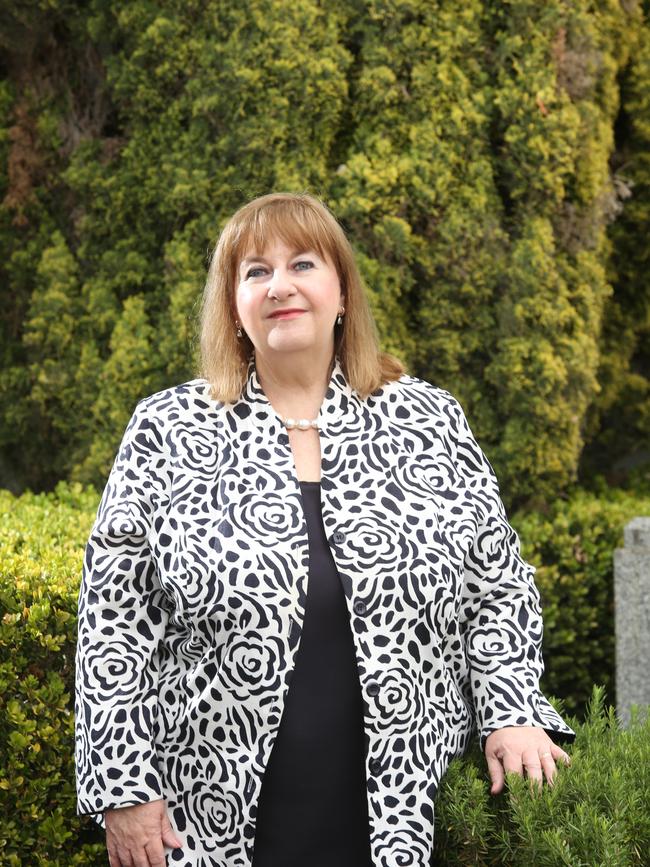
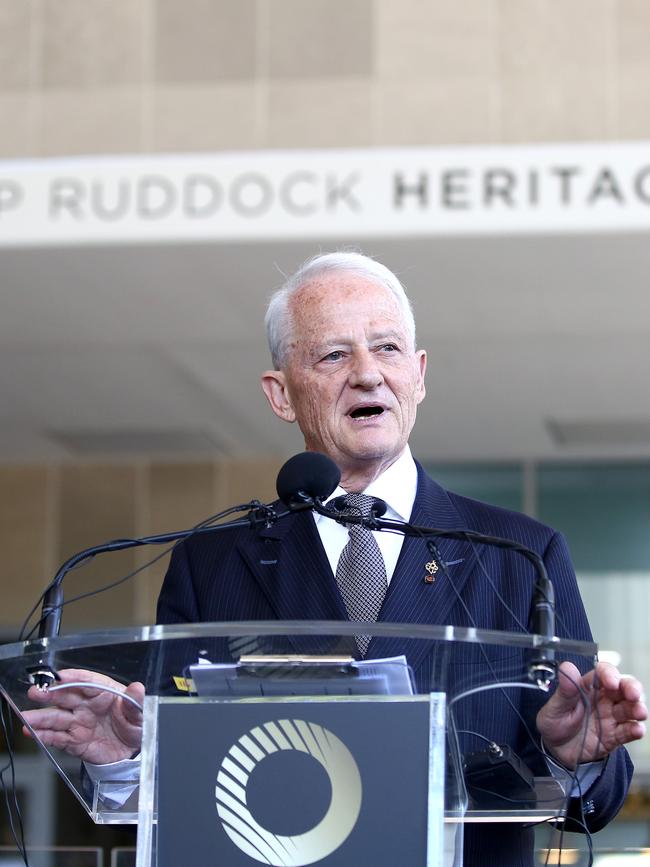
While Hornsby mayor Philip Ruddock said development and planning was a “difficult balancing act.
“It is important that we continue to move forward to the benefit of future generations, but this must be achieved in a way that does not unduly harm the interests of the existing community,” Cr Ruddock said.
“Hornsby Shire Council has worked hard over many years to strike that balance, taking account of the needs of all stakeholders.
“We always can do better and that’s why we are reviewing our development planning schemes and seeking changes to the State Planning exemptions.”
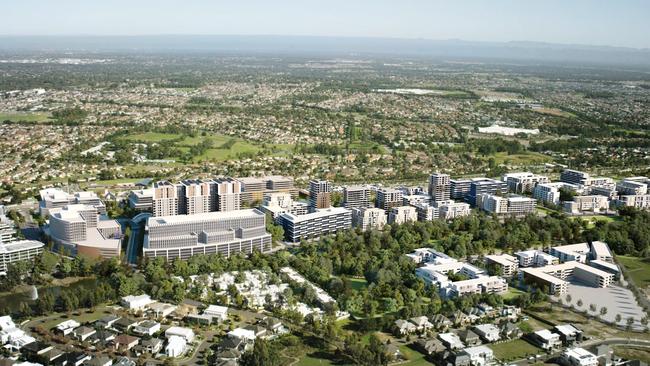
URBAN research professor Michael Darcy said he was not surprised The Hills continued to bear the brunt of development approvals in Sydney.
Prof Darcy said the value of construction in The Hills was a direct impact of rising land prices.
“The value of residential development applications in greater Sydney is about double the value of non-residential proposals,” Prof Darcy said.
“It gives us the idea that developers are still seeing value in residential development, despite the fact that it is a tumultuous time for the market.”
Prof Darcy said although he expected a “cooling of the market”, greater western Sydney would still see long term growth, due to a historic under supply in the market and increase demand for mixed-use precincts to provide jobs.
“A very interesting point is looking at the break down of residential versus non-residential,” he said. “Investors and developers are identifying that residential development is the highest economic use of land for return, but now we are seeing major growth in commercial properties as well.”
DA APPROVALS BY COUNCIL
Hills Shire: 5993
Blacktown: 4468
Cumberland: 2928
Penrith: 2258
Ryde: 1978
Ku-ring-gai: 1069
Hornsby: 937
Hawkesbury: 224

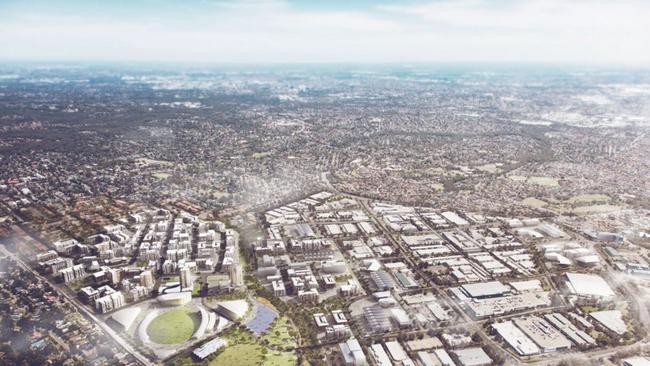
Add your comment to this story
To join the conversation, please log in. Don't have an account? Register
Join the conversation, you are commenting as Logout